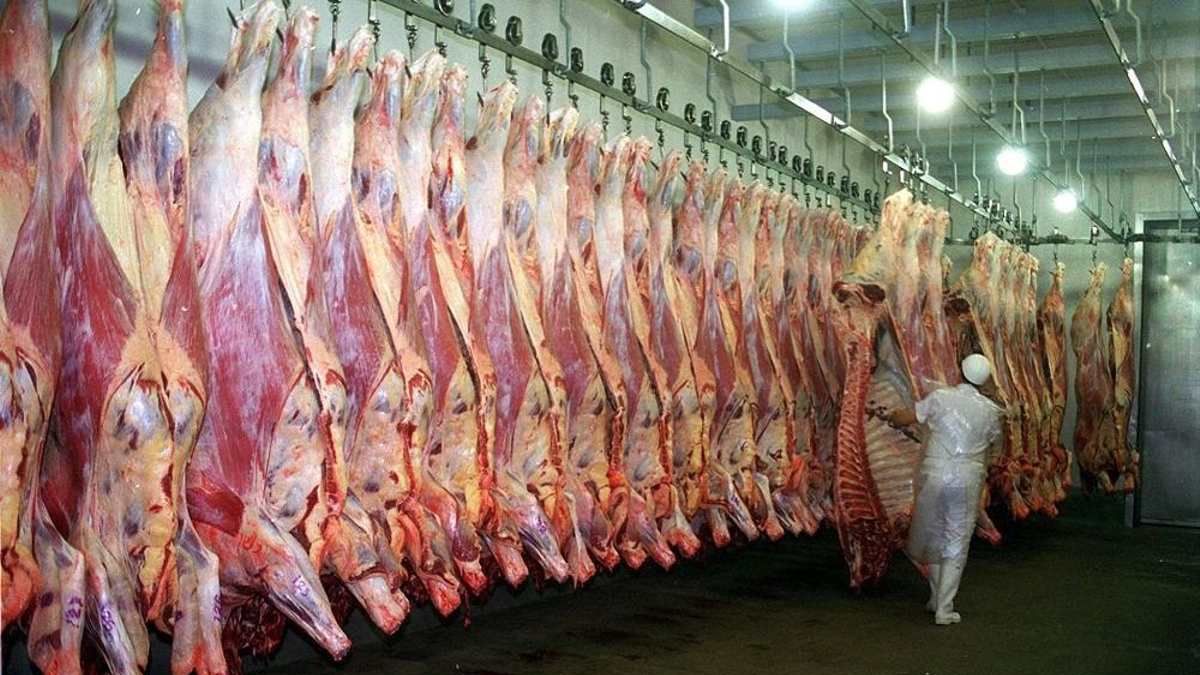The fiscal result for November will bring something new and that is that For the first time in the era of Javier Milei’s government, spending for the social security. This is due to the new formula for adjusting retirees’ assets based on inflation, which will make the expenditures on this item less rigid and less prone to discretion.
The impact of this will not be less on the general balance of the accounts of the National Public Sector (SPN) which are aimed at achieving a financial and primary surplus without major problems in 2025.
“The Social Security benefits presented, for the first time in the year, a growth of 8.1% adjusted by CPI in interannual terms, as a result of the recovery of retirements and pensions and the measures taken in relation to the Universal Child Allowance,” states in its latest report the Argentine Association of Budget and Public Finance (ASAP).
iaraf-expense.png
The report indicates that November Expenses accrued for retirees amounting to $3.47 trillion, which represented a nominal year-on-year increase of 188.9%, compared to an inflation of 167%.. In the first 11 months of the year, meanwhile, the government has already spent $30.3 billion, which implies a reduction in real terms of 18.7%.
What the official numbers indicate is that the weight of retirement spending on the general population has been decreasing in recent months and is falling on other sectors. As indicated by the Argentine Institute of Fiscal Analysis (IARAF), retirements began the year with an adjustment of 38.1% in January, year-on-year and closed October with a reduction of 21.4%.
According to the consultant, andLast October the level of the primary spending cut was equivalent to 73% of the cut that had been made in January. That is, the ratio is 0.73. With that same criterion, sand evaluated retirement spending, which dropped a ratio of 0.56 in October. The subsidy to energy was reduced to 0.44, and that of other subsidies, to 0.5.
On the other hand, the spending cuts that are now stronger than at the beginning of the year are subsidies to transportation, with 1.62; social programs, 1.27; non-contributory pensions, 1.12 and other current expenses1.05. In the case of goods and services, the index is 1, which implies that it remains the same as in January.
In this way, the government has been moving “the chainsaw” from some sectors of the public administration to others. An element to take into account is that the reformulation of spending is also being done thanks to the fact that the government is using Capitalizable Letters (LECAP) to take financing in the local market, which do not accrue interest and therefore produce a savings effect at the moment that allow certain expenses to be raised without altering the general balance of the budget.
Meanwhile, the Vector consulting points out in this regard that “the“Retirees continue to be those who bear the greatest weight of the current year’s adjustment.”. “The non-updating of the pension bonus makes those who earn the minimum retirement the most affected: restoring what was lost would involve more than doubling the minimum income,” says the study.
The consultant maintains that “to this, we add the recent cut in the free provision of medicines which, directly, makes living standards even more expensive of this segment of the population.”
Source: Ambito
I’m a recent graduate of the University of Missouri with a degree in journalism. I started working as a news reporter for 24 Hours World about two years ago, and I’ve been writing articles ever since. My main focus is automotive news, but I’ve also written about politics, lifestyle, and entertainment.




